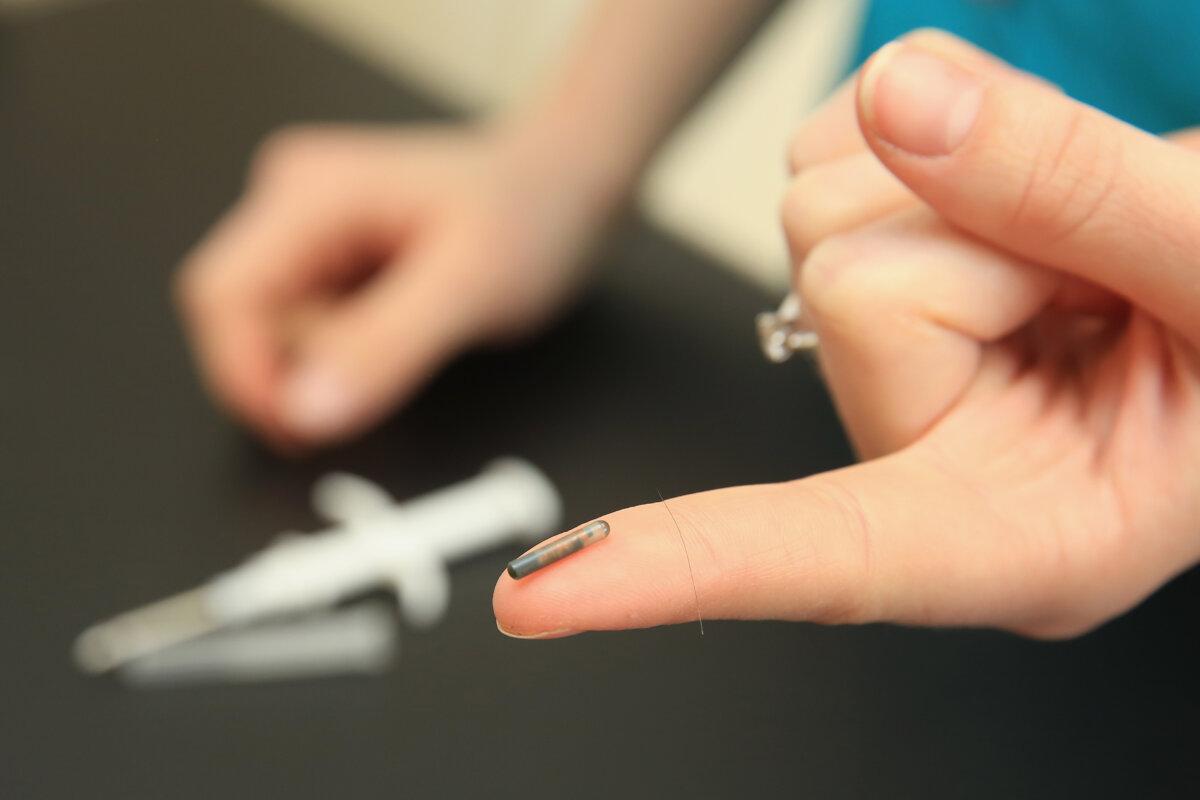Commentary
In the past decade, many governments worldwide have quietly mandated that dogs be microchipped, containing information on health records and owner details. Compliance has been widespread, and there has been minimal resistance to this practice. Over time, enforcement of this requirement has become stricter.
In July of this year, the CDC introduced a new rule stipulating that all dogs entering the United States must be microchipped, regardless of the traveler’s nationality. Initially met with pushback, especially from Canada, the rule was later modified to exempt individuals from “low-risk” nations who had traveled in the last six months. Despite this change, the general requirement for microchipping remains in place, signaling a shift towards universal chipping of dogs.
The gradual normalization of microchipping pets aims to integrate technology into animal care, aligning with the concept of transanimalism. However, the practical benefits of a microchip over a traditional tag are limited, as the chip does not include GPS tracking capabilities. While microchipping aids in identifying lost pets at vet clinics, a simple tag may offer a more humane and safer alternative.

Despite the increasing prevalence of dog microchipping, many experts in infectious diseases and vaccinations remain unaware of this practice. The pressure to microchip pets often begins at the veterinarian’s office, where new pet owners are encouraged to opt for this technology to stay up to date with their pet’s health.
While the European Union and the UK have already implemented dog-chipping mandates, enforcement and compliance levels vary. The chip’s size and potential technical issues highlight the experimental nature of this practice, yet proponents continue to advocate for widespread microchipping.
Advocates for dog microchipping cite the risk of zoonotic diseases as a rationale for this practice, emphasizing the need to prevent disease transmission between animals and humans. However, concrete evidence supporting this claim remains elusive, despite its frequent mention in scientific literature.
The debate surrounding zoonotic diseases like Bird flu underscores the urgency to address potential spillover events. This concern has also influenced the development of vaccines and emergency protocols to mitigate the risks associated with animal-to-human disease transmission.
Robert F. Kennedy, Jr., comments: “The U.S. government has ordered 4.8 million doses of bird flu from the CSL Seqirus company, produced in dog kidney cells and using a dangerous squalene-containing adjuvant. The American Medical Association issued Current Procedural Terminology codes for this vaccine last Friday, so doctors could be reimbursed for administering it. There have been a total of 11 cases of bird flu in the U.S. since 2022, all mild, most involving just conjunctivitis.
The transmission of the virus was not shown to have occurred from human to human.
During the COVID vaccine rollout, various major cities experimented with vaccine passports. New York City tried to separate the vaccinated from the unvaccinated using an app called Key to NYC from Sept. 18, 2021, to March 7, 2022. However, the app was not successful as it kept malfunctioning and could not integrate out-of-state vaccinations. Other cities like Boston, New Orleans, and Chicago followed suit by restricting access to public spaces for the unvaccinated.
Similar measures were taken in Europe and Canada, with Australia still encouraging linking medical records to digital vaccine cards on phones. This trend hints at a potential future where the entire population is chipped for surveillance purposes, managed through an app sharing data with government agencies. The technology is being tested on animals as a precursor to its potential implementation on humans.
As people resist vaccine mandates and face concerns over the side effects of new vaccines, the industry is looking towards the next disease panic to push their agenda forward. The current focus on Bird flu is part of this strategy.
While many may be unaware of these developments, the gradual implementation of such measures raises concerns about government overreach. If they can enforce such measures on animals, it raises the question of whether humans will be next. The end goal seems to be the normalization and acceptance of widespread surveillance and control.
Please note that the views expressed in this article are the opinions of the author and do not necessarily reflect those of The Epoch Times. Please rephrase the following statement.
Source link






